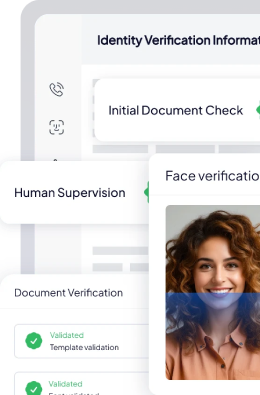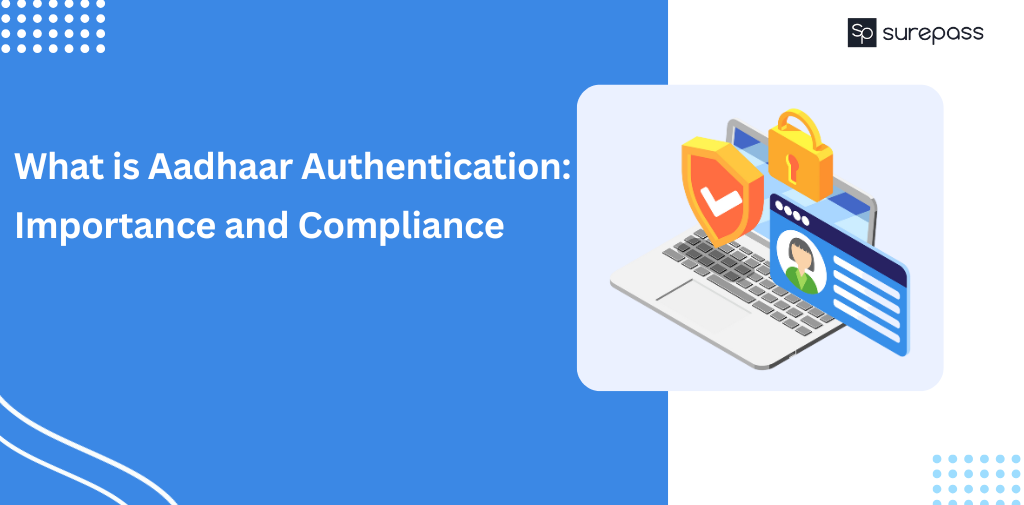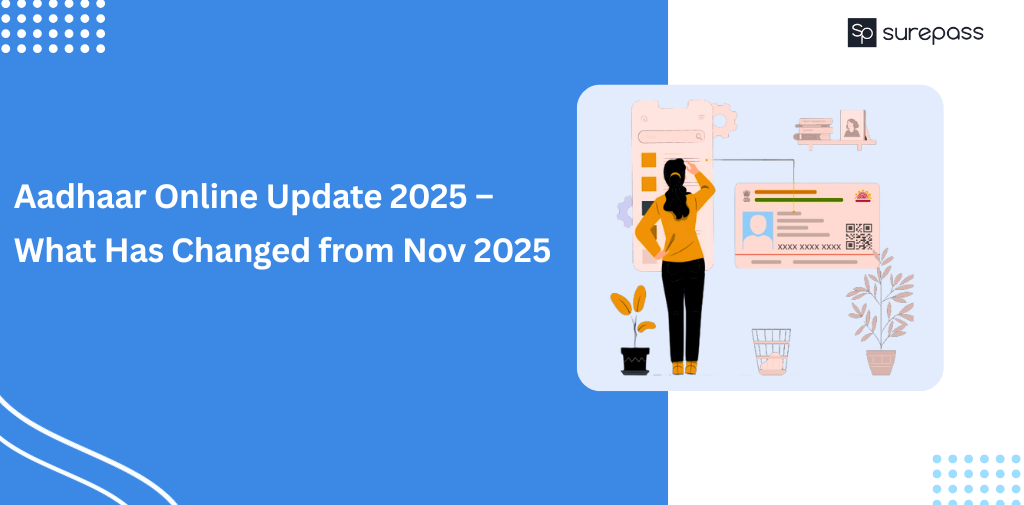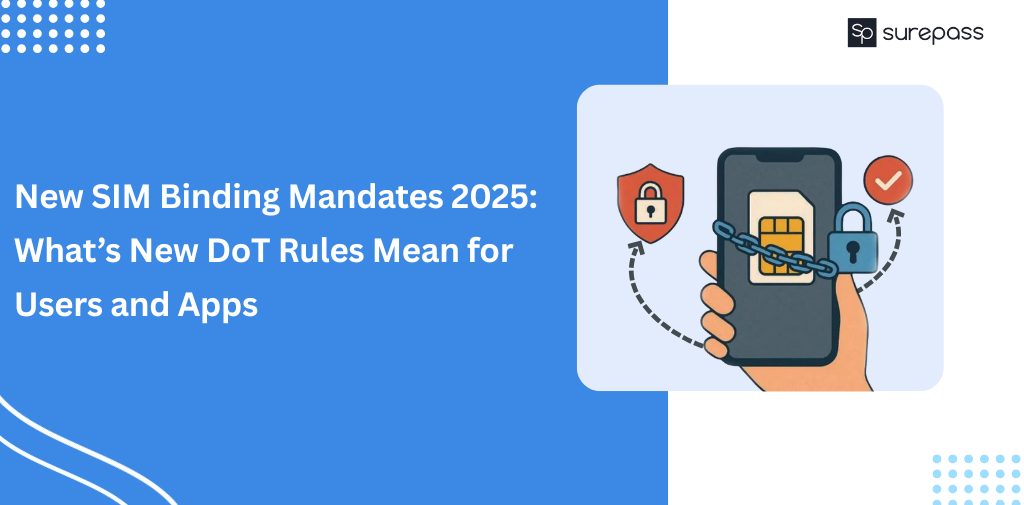In the year 2024, 1.1 million instances of cybercrime were identified in India. These figures are alarming and make it necessary to carry out Aadhaar Authentication. Verification decreases the chance of fraud and ensures only authentic individuals are allowed to join. Because Aadhaar is an extremely sensitive document, not every business can validate it. They must obtain an authorization from UIDAI to carry out the Aadhaar Authentication procedure. In this guide, you will find out more details about Aadhaar Authentication.
What is Aadhaar Authentication?
It is a process of verifying Aadhaar details by matching the submitted Aadhaar number with demographic or biometric data stored in the Central Identities Data Repository (CIDR). It offers a contactless and instant mechanism to prove identity online.
How Does Aadhaar Authentication Work?
Here is how Aadhaar Authentication works:
- Step 1: Submission of Information
The user enters their Aadhaar ID along with biometrics or other demographics.
- Step 2: Request
The individual who made the request (AUA/KUA) securely transmits details to UIDAI’s Central Identity Data Repository (CIDR) through encrypted channels.
- Step 3: Verification by UIDAI
UIDAI analyzes the data that is submitted to the Central Aadhaar database.
- Step 4: Authentication Response
UIDAI offers a simple “Yes/No” response (or provides the KYC details, if required). The software confirms it’s authentic that the user’s name appears on the account.
Automate your KYC Process & reduce Fraud!
We have helped 200+ companies in reducing Fraud by 95%
Aadhaar Authentication Importance for Businesses
These are the reasons why Aadhaar verification is essential:
- Security Against Fraud: Authentication proves that the person is authentic. It lowers the likelihood of identity fraud..
- Cost Reduction: Online verification removes the need to conduct documents, checks, and manuals or in-person visits.
- Accuracy: Biometric and demographic information is used to verify identities. It guarantees accuracy when it comes to the verification of identity.
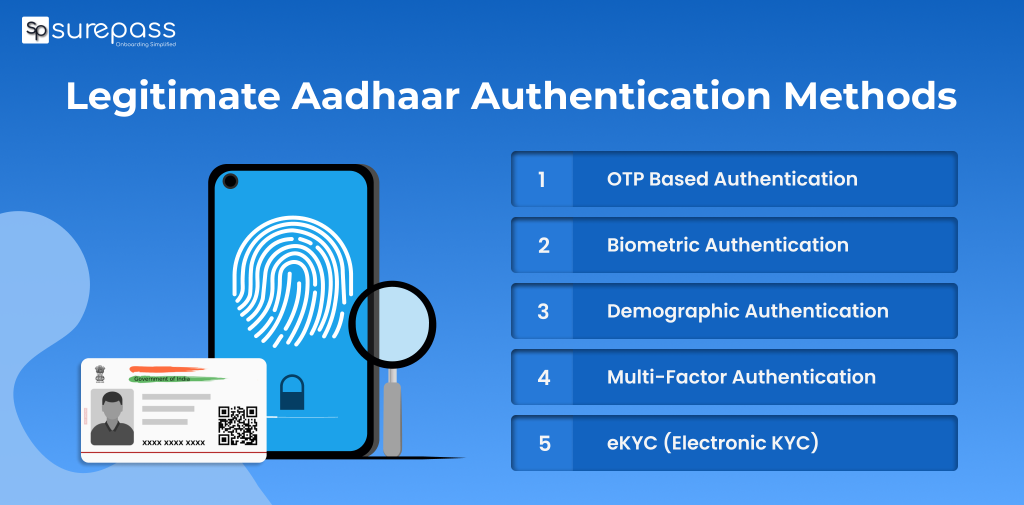
Legitimate Aadhaar Authentication Methods
- OTP Based Authentication: In this method, OTP (one-time password) is sent to the Aadhaar-linked mobile number.
- Biometric Authentication: In this method, a fingerprint or an Iris scan is matched with the UIDAI record to confirm the legitimacy.
- Demographic Authentication: It helps verify basic details like name, date of birth, and address against Aadhaar data.
- Multi-Factor Authentication: It combines two or more methods (e.g., OTP+Biometrics) for stronger authentication.
- eKYC (Electronic KYC): It provides secure Aadhaar-based KYC verification for businesses.
Obligations of Entities (AUAs, KUAs, Sub-AUAs, Requesting Entities, etc.)
These are the key responsibilities every AUA and KUA know:
Informed Consent
- Must obtain residents’ informed consent before authentication. It can be paper-based or electronic. The Aadhaar holder must understand what data is collected. Entities must announce the intended purpose of authentication and confirm transparency.
Restricted data Uses
- Only necessary demographic/biometric data or OTP as needed for authentication or eKYC should be collected.
- The organization can’t store sensitive Aadhaar information without authorized storage. UIDAI prohibits storing or reusing information.
Storage, Masking, and Logging
- If a business has to store the Aadhaar number, it needs redacted or masked Aadhaar numbers.
- Logs of authentication transactions must be maintained for a prescribed period and purged after expiry.
Security and Infrastructure
- Use secure mechanisms for transmission of data to UIDAI (encrypted PID blocks, secure channels).
- It confirms that infrastructure (servers, storage, connectivity) follows prescribed security.
Have an Approved License
- Verifying authorities should have a license and authorization by UIDAI (AUA, KUA, etc.). It helps conduct authentication/eKYC.
- Any new use cases (especially private entities) may require approval by UIDAI/MeitY under the rules. It depends on the nature of the service.
Alternative Means / Voluntariness
Authentication via Aadhaar must be voluntary. If someone does not want to use Aadhaar, they must be allowed to submit alternate officially valid documents.
Audit, Grievance Handling, Accountability
- The organizations must set up grievance-resolution mechanisms for their clients. They must be able to report suspicious activities that are fraudulent or unlawful, as well as any impersonation attempt at UIDAI.
- Security audits are carried out regularly and include compliance audits. UIDAI is authorized to sanction organizations when they’re found to be violating the law.
Privacy, Security, and Technical Controls
Encryption: Biometric and demographic data must be encrypted, especially in transit.
- No Profiling: UIDAI is not allowed to collect or maintain information about the purpose of authentication in certain cases.
- Encryption: Biometric and demographic data must be encrypted, especially in transit. UIDAI defines PID blocks, etc.
- Data Retention Limits: Logs/Transition records must be kept only for specified periods, after which purging is required.
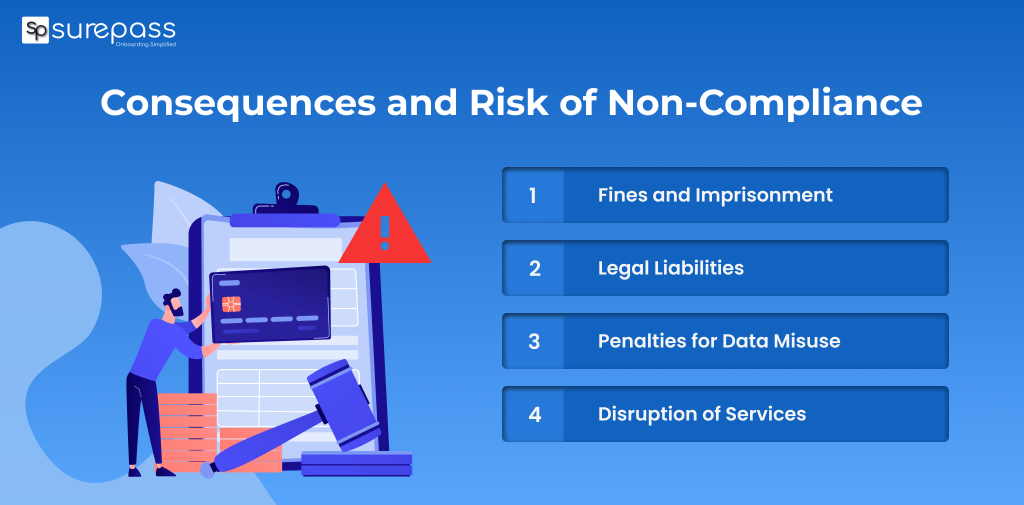
Consequences and Risk of Non-Compliance
- Fines and Imprisonment: Fines and imprisonment can be imposed if someone violates the mandatory Aadhaar guidelines.
- Legal Liabilities: Non-compliance can result in penalties and liabilities from the UIDAI and RBI.
- Penalties for Data Misuse: Unauthorized access, use, or disclosure of Aadhaar data is an offense. It can lead to jail and fines.
- Disruption of Services: Failure to comply with Aadhaar-related mandates can result in the suspension or disruption of services for businesses and individuals.
Conclusion
Aadhaar is the main document used for identity verification. Many businesses rely on this document to confirm identity legitimacy. Aadhaar verification reduces the risk of fraud. However, to verify this Identity business needs to acquire a proper license and follow strict compliance. Any failure to comply with the regulation can bring legal consequences.
FAQs
Ques: How to authenticate the Aadhaar Card PDF?
Ans: Check the digital signature in the PDF.
Ques: What is Biometric Aadhaar Authentication?
Ans: It is a consent-based process where an Individual’s Aadhaar number is verified against the unique physical characteristics, like fingerprints, iris scans, or facial recognition.
Ques: Can anyone misuse my Aadhaar card number?
Ans: No, no one can misuse Aadhaar with a number only.
Ques: Can we authenticate Aadhaar Online?
Ans: Yes, you can authenticate Aadhaar online from the UIDAI website.
